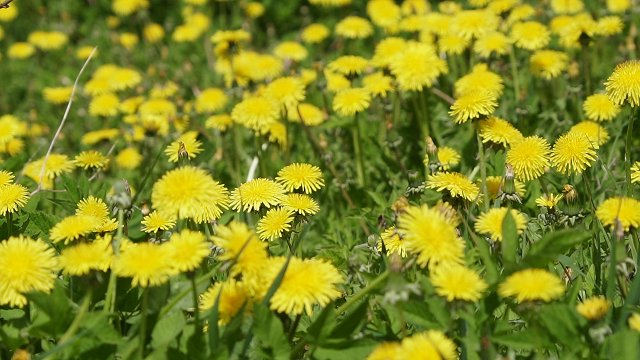Labs of Latvia reports on recent efforts to reduce that unpleasantness without going to the lengths of laying down tarmac.
Latvia has more than 13,000 kilometres of forest roads, most of which are covered with gravel and crushed stone. In dry weather, these roads become dusty, obstructing visibility, causing inconvenience and even health risks for people living near them. Riga Technical University (RTU) scientists and partners are testing a new technology for dust control on a forest road near Rīga. Laboratory tests confirm its effectiveness.
At the request of Latvijas valsts meži AS, scientists from the Department of Roads and Bridges, Faculty of Civil Engineering, RTU, and the Institute of Polymer Materials, Faculty of Materials Science and Applied Chemistry, RTU, are researching a lignosulfonates-based sustainable dust-control agent, which is new for Latvia. The project is taking place in cooperation with the Latvian State Institute of Wood Chemistry, Latvijas autoceļu uzturētājs AS and Ceļu eksperts SIA.
Rīga Technical University produced the video above showcasing the research and has more about its research here.
A greener solution
Forest roads make up almost a fifth of all roads in Latvia. They play a key role in the success of forestry, one of the most important sectors of the Latvian economy. People also use them actively to get to their homes and access nature.
Viktors Haritonovs, a senior researcher at RTU’s Department of Roads and Bridges, says that the dust forms as a result of wear and tear on gravel road surfaces and is influenced by traffic volume and weather conditions.
Traditionally, calcium chloride is used for dust control on gravel roads. It binds moisture in the air at night so that the road surface does not dry out as quickly during the day. It’s a good and effective product, but it is fossil-based and produces emissions. He explains that the forest ecosystem is sensitive, so traditional dust control solutions cannot always be used on forest roads.
“Lignosulfonate is derived from lignin, a by-product of wood processing. It breaks down in the environment without causing harm,” says Haritonovs.
Lignosulfonate is a bio-nutrient that “glues” dust together, preventing it from rising into the air.
Effect lasts several months
In a laboratory study, scientists determined the properties of lignosulfonate from different suppliers, experimented with its concentration, viscosity, deposition method and ageing to see how long the lignosulfonate-based dust repellent would withstand ultraviolet radiation and high air temperatures.
This led identifitying an optimal technology for the conditions in Latvia. Its effectiveness in hot and dry summer periods has been confirmed in the laboratory: after being applied to the forest road, the dust repellent retains its properties for several months, while less volume is needed for repeat applications.
The technological process that scientists have tested in the laboratory has been transferred to the real world. Dust control was carried out on three kilometres of forest road near Plakanciems. The experimental road was divided into 15 sections, using different combinations of the dust repellent.
“To allow comparison, calcium chloride was also applied in one section, and a mixture of calcium chloride and lignosulfonate in another. Part of the road is open, one section is partially shaded, with trees covering the morning sun, which is the most intense, and in places the whole road is shaded. We’ll monitor how the road is performing, whether and how quickly the dust repellent washes away, and under which conditions it is most effective,” says Haritonovs.
A more demanding society
Ingus Barviķis, head of forest infrastructure operations and maintenance at Latvijas valsts meži AS, says that summers are getting longer and drier, while the population has become more mobile and, thanks to remote working opportunities, many people prefer to live in farmsteads, which are often located fairly close to forest roads.
At the same time, society has become more demanding towards the quality of the living environment, especially when it comes to the outdoor space around one’s home. As a state forest manager and road owner, Latvijas valsts meži must take care of the impact of gravel forest roads on the population.
“We’re pleased with the work done by scientists in this research project, as we’ll be able to implement the results easily and efficiently in our daily lives. It should be emphasised that this tool is not derived from fossil raw materials, but from our own renewable resource grown in Latvia – wood – leaving as little impact on the environment as possible,” explains Barviķis.




























